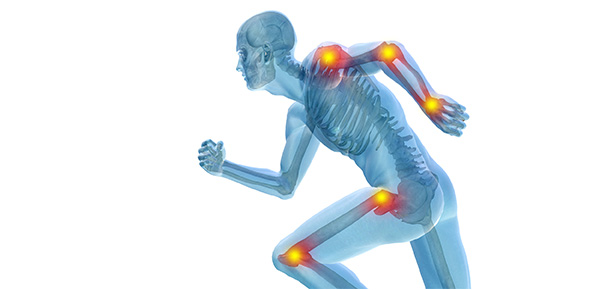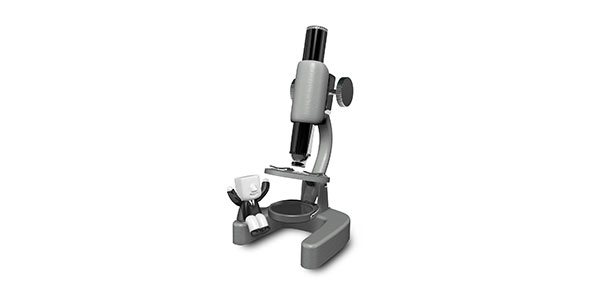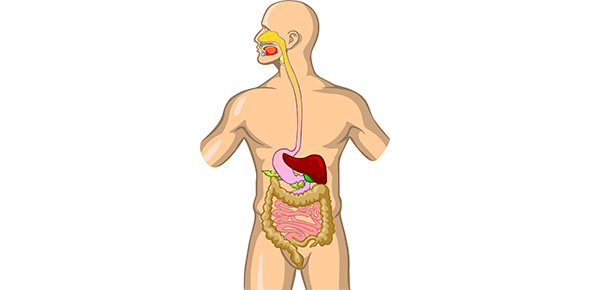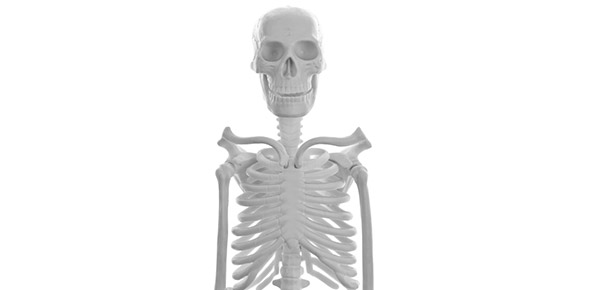Related Flashcards
Related Topics
Cards In This Set
| Front | Back |
|
There are 3 types of ROM (range of motion) joints, list the three and describe their motion.
|
1.Immovable joint- Synarthrosis2.Slightly movable joint- Amphiarthrosis3.Freely movable joint - synovial joint - Diarthrosis
|
|
What are the 4 classification of joints?
|
-bony-fibrous-cartilaginous-synovial
|
|
Are all synovial joints diarthroses?Is it the same the other way around (vise-versa)?
|
Yes and Yes.
|
|
There are 3 types of diarthrosis types of joints. What are they and briefly describe them.
|
1.Monaxial - synovial - Movement in 1 plane - ex. elbow, ankle2.Biaxial - synovial - Movement in 2 planes - ex. wrist, ribs2.Triaxial - synovial - Movement in 3 planes - ex. hip, shoulder
|
|
There are 3 types of amphiarthrosis types of joints. What are they and briefly describe them.
|
1.Syndesmosis - fibrous - bones connected by a ligament (ex. distal articulation of tibia and fibula)2.Symphysis - cartilaginous - bones separated by a wedge or pad of fibrocartilage (ex. pubic symphysis)
|
|
There are 3 types of synarthrosis types of joints. What are they and briefly describe them.
|
1.Gumphosis - fibrous - binds teeth to bony sockets in the maxillae and mandible; the fibrous connection between a tooth and its socket is a periodontal ligament.2.Synotosis - bony - totally rigid, immovable joint created when two bones fuse and the boundary between them disappears3.Suture - fibrous - located only between the bones of the skull; bones are interlocked and bound together by dense fibrous connective tissue4.Synchondrosis - cartilaginous - rigid, cartilaginous bridge between two articulating bones. ex. ribs to sternum or epiphysis to diaphysis.
|
|
What are the major features of the synovial joint?
|
-Articular cartilages-Synovial fluid-Accessory structures: ligaments, tendons, bursae, cartilages and fat pads
|
|
Describe the articular cartilage.
|
-Found in the synovial joint-Surface of the cartilage is slick and smooth that reduces friction.
|
|
Why do articular cartilage do not touch each other in joints?
|
Because they are separated by a thin film of synovial fluid within the joint cavity; fluid acts as a lubricant, minimizing friction.
|
|
What would happen if the articular cartilage was damaged?
|
The matrix may begin to break down, and the exposed surface will then change from a slick, smooth-gliding surface to a rough abrasive surface of bristly collagen fibbers which increases friction.
|
|
What is the synovial fluid? and what are its' 3 primary functions?
|
-It is a clear, viscous solution with the consistency of heavy molasses. 1. Lubrication - reduce friction - when part of the articular cartilage is compressed, some of the synovial fluid is squeezed out of the cartilage and into the space between the opposing surfaces.2.Nutrition Distribution - fluid circulate continuously to provide nutrients and create a waste disposal route - circulates whenever the joint moves. Compression and re-expansion of the articular cartilages pump synovial fluid into and out of the cartilage matrix.3.Shock Absorption - cushions hints that are subjected to compression from shocks.
|
|
What are the 4 factors that stabilize synovial joints?
|
-Presence of other bones, skeletal muscles, and fat pads. -Presence of collagen fibres and accessory ligaments-Tension in tendons attached to the articulating joint-Shape of articulating surfaces
|
|
What are the 6 types of synovial joint? Describe their movement; is it monaxial biaxial, or triaxial.
|
-Hinge - moaxial - ex. elbow joint-Pivot - monaxial (only rotation) - Atlanto-axial joint-Saddle - sellers joints - biaxial - . ex. first carpometacarpal joint-Ball-and-socket - triaxial - ex.shoulder joint-Gliding - slightly non axial or multiaxial, ex. Intercarpal joints -Condylar - biaxial - ex. Metacarpophalangeal joint
(He picked some big green candy :D) |
|
Synovial joints enable 3 skeletal movements. What are they?
|
-Gliding movement-Angular movement-Rotation
|
|
What is flexion, extension, and hyperextension. What kind of movement are they classified as?
|
-Flexion is the movement in the anterior-posterior plane that decreases the angle between articulating bones.-Extension occurs int he same plane, but it increases the angle between articulating bones.-Hyperextension is extension past the anatomical position.
*These are classified as angular movement |








